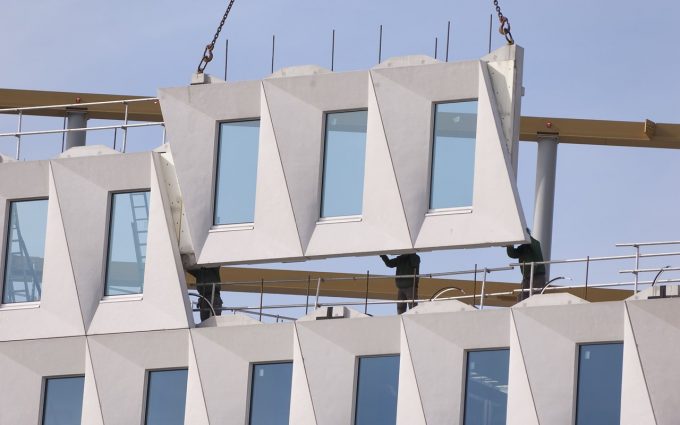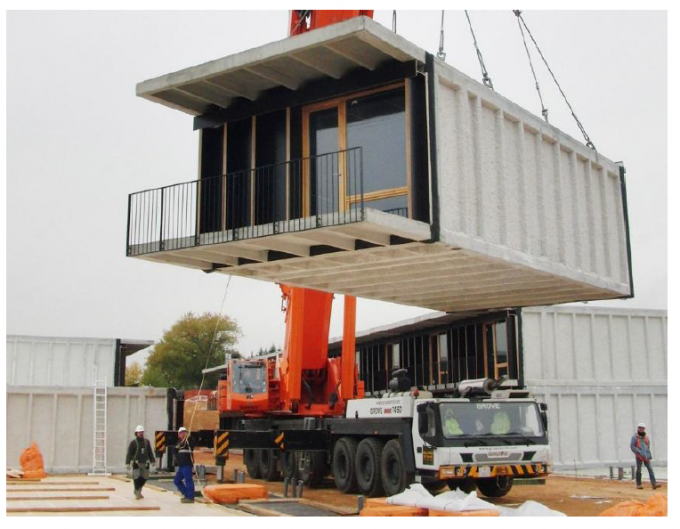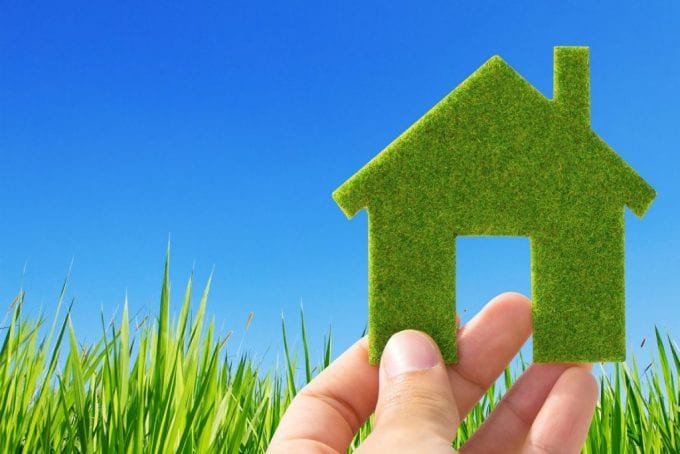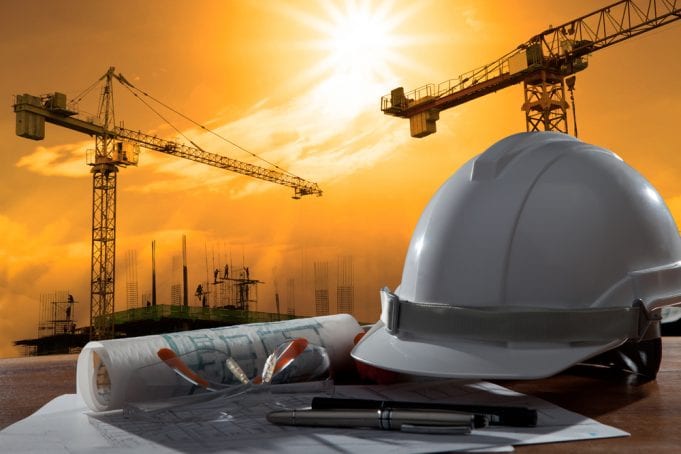COVID-19 was one of the biggest disasters for businesses, especially construction companies. They saw their projects disappear with the lack of revenue that businesses had to hoard up to keep their operations going. But what is the future for construction sites post COVID-19? Here are some of the ways we can build back up construction sites after the attack of COVID-19:
1. Prefabrication

Prefabrication is one huge trend that we hope to see in the nearby future for construction sites. This was mostly because after the corona outbreak that spread through most of the world, most projects were put on hold. But thankfully there are plenty of benefits to prefabrication when it comes to construction.
- Eco-friendly
Prefabrication for construction sites is an eco-friendly option. Traditional construction materials can lead to waste, which eventually affects the environment. The environment of a controlled factory setting allows accurate construction, improved air filtration, and tighter joints. This helps better wall installation and “green” energy.
- Money-saving
Some of the custom-made parts may seem expensive but with the modular construction, this isn’t the case. Thankfully modular construction often targets all points of savings, budgets, and price points. This is overall the affordable option. Most prefabrication distributors also can give out discount deals for more bulk, which means that this will slowly lower your price of construction.
- All around flexibility
Another big benefit of modular construction is flexibility, these pieces can easily be disassembled or put back together. This also relieves the demand for resources and also reduces the time and energy. This allows room in the structure and design, the opportunities are expanded more than your regular construction materials. Overall, modular construction allows room for flexibility in all circumstances.

- Quality checking
All prefabricated materials are designed in a controlled environment. Which means quality stays consistent and long-lasting. When all the prefabricated materials are up to the standards, you can see that your construction team works more smoothly and well-connected.
- Less site disruption
All of the materials are made in a factory environment, which means that there is overall less truck traffic, material suppliers and equipment. You can also suffer from less, waste, pollution, noise, and other factors of operation. This approach to construction can be the best solution for post-COVID-19 problems.
- Gets the job done quicker
Portable and prefabricated materials take less time to get the job done rather than traditional. In most cases, we can foresee that prefabricated items are less time consuming than traditional construction materials. We see the big time-saving methods in pre-planning, fewer weather delays, subcontractor scheduling complications, and overall quicker fabrications of multiple pieces being constructed together at once.
- More safety
All of the sub-assemblies are developed in a factory environment with dry utilities. This means that there is overall less of a risk and problem when constructing around moisture, dirt, and other environmental obstacles. Indoor construction has fewer risks and liabilities. Factories have health codes and strict policies of which they stand by, as well as regular inspections.
2. Drone usage

Drone usage in the construction site can help survey and manage construction projects. When you visit or are overseeing a project, you are putting yourself or others at risk. This is because of moving equipment, heavy-duty equipment, falling material, falling from somewhere with no guard rail or protection, and the most recent risk of the coronavirus.
Here are some of the things that drones can help with:
- Overall topographic land and mapping surveys
When you are mapping out the plans for a large construction site, topographic maps are usually one of the most efficient types of planning. But the con of this is that it’s usually costly and time-consuming. Thankfully drones have made this a more inexpensive, updated, eco-friendly, and convenient system.
- Equipment tracking
When you have a big construction job, you usually have more equipment in use. This makes things hard and sometimes even unmanageable to oversee the equipment. Drones can easily solve this issue, with it’s fly high technology, you can oversee the area to find any lost equipment.
- Remote monitoring
Another upside to drones is the visibility it gives to the overseeing of the crew. You can now report progress and improvements by simply remote monitoring through a drone.
- Progress reports
Mentioned before, when you have remote monitoring through a drone system. You can track progress and sort out the issues of each drone.

- Security surveillance
Not only can you view progress reports, but you can also as well security surveillance areas that can have high chances of theft or other likely crimes.
- Crew safety
Not only giving security through your equipment, when using a drone you can capture evidence for safety issues throughout the crew. If somebody is hurt on the job or a fight breaks out, this can be easily captured through the power of drones and used as evidence.
- Construction inspection and quality control
You can also measure progress in quality through photos. When you use and operate drones, you are ensuring yourself access to work areas you couldn’t see with the naked eye before. This saves you time, money, and the hassle of checking heavy machinery as well as material.
- Different styles of drones
Thankfully, you have more than one type of drone to choose from if you aren’t satisfied with one type or your current type. Of course, the best results are commercial when it comes to construction. Though you can have the options of a fixed-wing or a rotating blade, either one is suitable for construction crews but yet different from the other. Fixed wings can go to a higher altitude, making them ideal for mapping. The downfall is that fixed wings are only able to fly upward and downward. The rotating blades are overall the best for inspections, quality control, and picture usage.
3. Indoor air quality

Whenever you are thinking about where to conserve and spend, think about indoor air quality. It’s become quite a factor that in construction you can reserve money and energy on more urgent things. According to ny-engineers.com, this can help manage costs and energy efficiency. This could shift after COVID-19 when construction companies tend their funds on keeping a healthier environment.
Conclusion
COVID-19 hit construction sites drastically. Some so hard that they couldn’t last throughout the outbreak. But as in the future for construction sites, we all hope they bounce back harder and much stronger than ever before.









